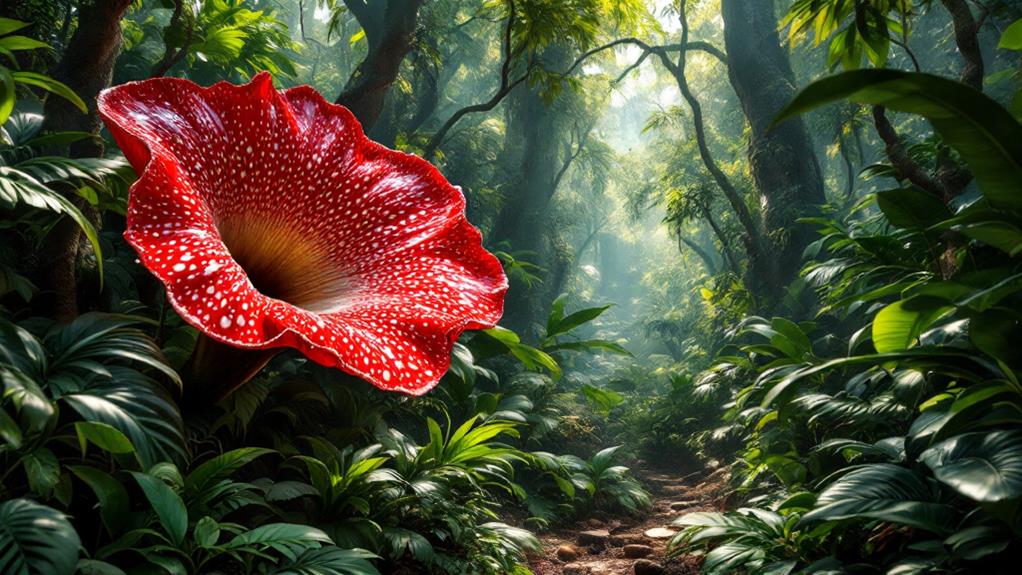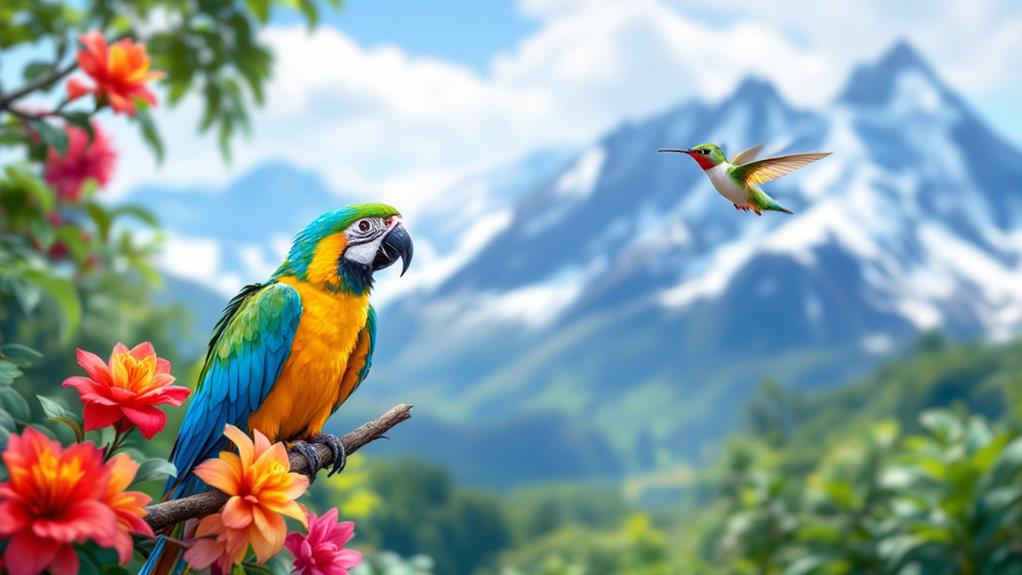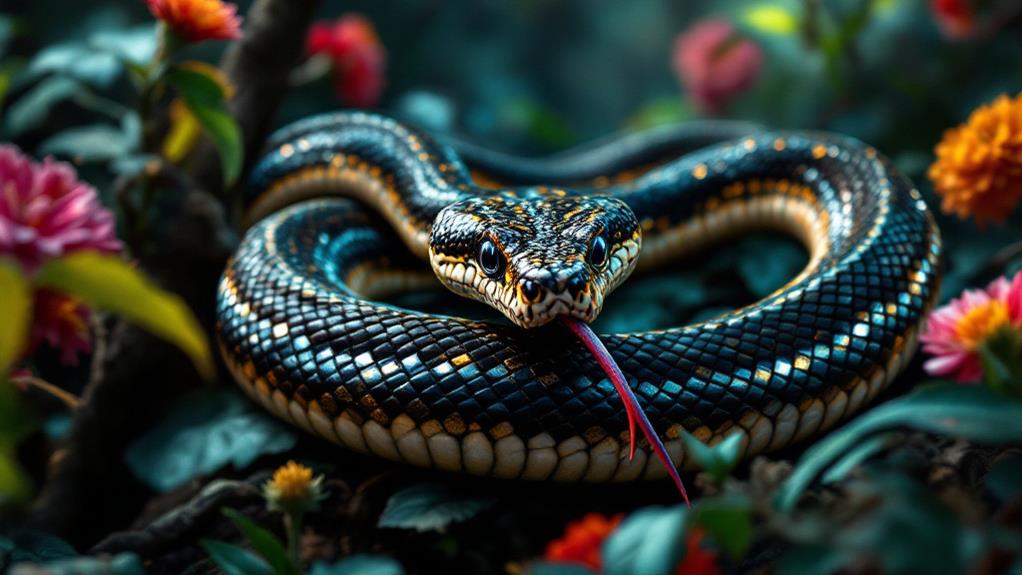The Smallest Birds: Nature’s Tiny Marvels
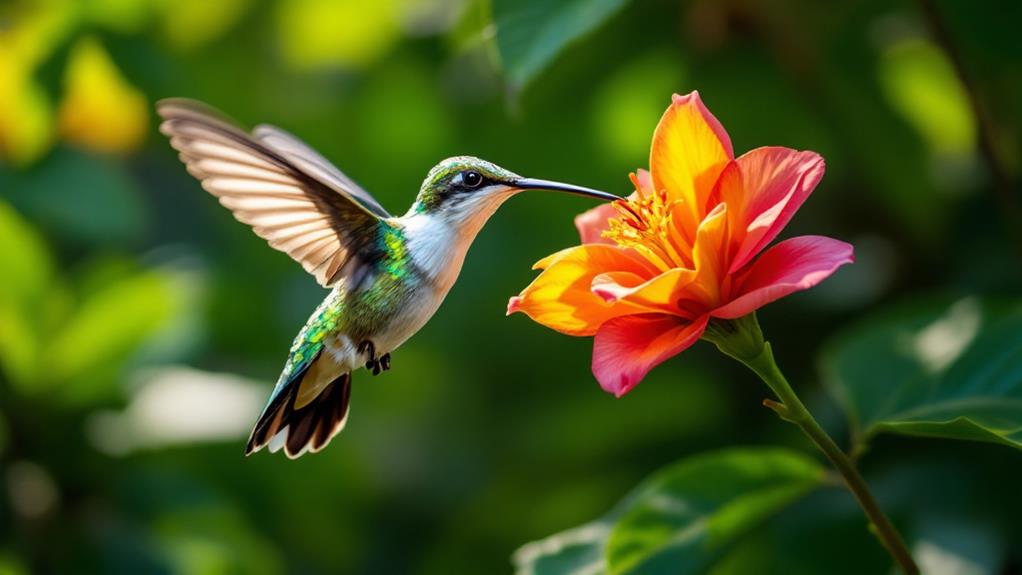
Nature's tiniest marvels, the world's smallest birds, will astound you with their incredible adaptations. Hummingbirds dominate this list, with the bee hummingbird measuring just 2 inches long and weighing less than a dime. These diminutive flyers boast high metabolic rates, fast heart rates, and specialized tongues for efficient nectar feeding. You'll find them in diverse habitats, from tropical forests to mountain meadows. Despite their size, they face numerous challenges, including food scarcity and predatory threats. Conservation efforts are essential to protect these exceptional creatures. Uncover how these tiny avian wonders defy expectations and showcase nature's ingenuity at its finest.
World's Tiniest Avian Species
Marveling at the world's tiniest birds, you'll find that hummingbirds dominate the list. The smallest of all is the bee hummingbird, native to Cuba, measuring a mere 2 inches long and weighing less than a dime. You'll be amazed by its rapid wing beats, up to 80 times per second, showcasing incredible aerodynamic efficiencies.
Next in line is the vervain hummingbird, found in Jamaica and Hispaniola. It's slightly larger than its Cuban cousin but still incredibly small. These tiny marvels demonstrate remarkable courtship behaviors, with males performing elaborate aerial displays to attract mates.
You'll also encounter the Helena hummingbird in Ecuador and the Esmeraldas woodstar in South America. Both species are critically endangered due to habitat loss. The calliope hummingbird, the smallest bird in North America, migrates impressive distances despite its diminutive size.
These diminutive avians have adapted to their environments in fascinating ways. Their small size allows them to access nectar from flowers that larger birds can't reach, while their high metabolism enables them to hover and fly backwards – unique abilities in the bird world.
Adaptations for Miniature Living
These tiny birds have developed extraordinary adaptations to survive at such a small scale. You'll find their bodies are marvels of efficiency, designed to maintain high metabolic rates while minimizing energy expenditure. Their hearts beat incredibly fast, up to 1,260 times per minute, to circulate oxygen-rich blood throughout their miniature frames.
To conserve energy, many small birds have evolved unique breeding strategies. They often lay fewer eggs and have shorter incubation periods compared to larger species. You'll notice their nests are proportionally tiny, sometimes as small as a thimble, yet perfectly insulated to protect their offspring.
Here are some vivid adaptations you might observe:
- Specialized tongue structures for efficient nectar feeding
- Iridescent feathers that change color with light angle
- Extremely rapid wing beats, up to 80 times per second
- Ability to enter torpor, slowing metabolism to conserve energy
- Minuscule, lightweight bones that allow for agile flight
These adaptations enable the world's smallest birds to thrive in their ecological niches, demonstrating nature's incredible ability to fine-tune life for survival at the tiniest scale.
Habitats of Diminutive Flyers
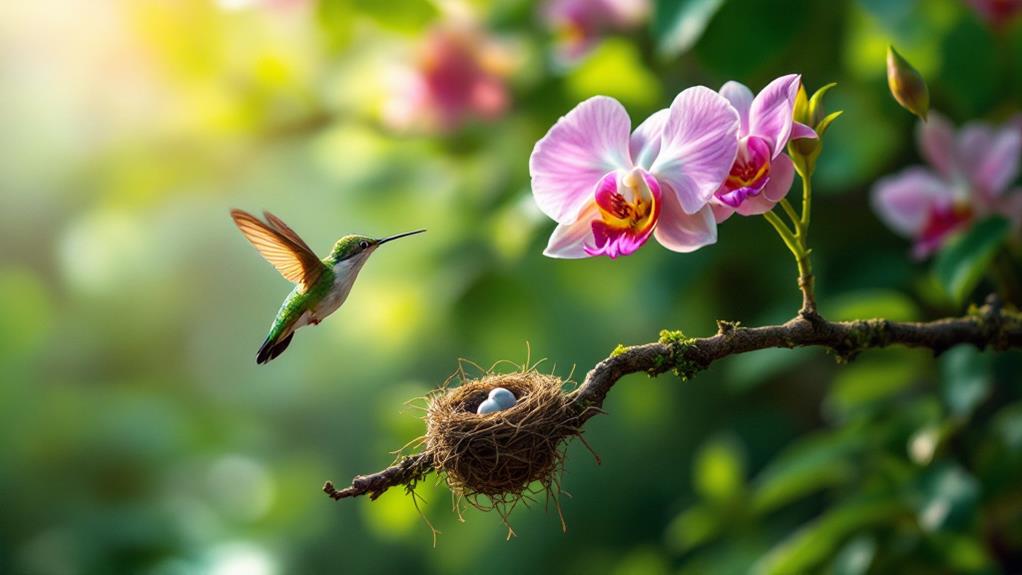
From lush tropical forests to arid deserts, the world's tiniest birds have adapted to a surprising variety of habitats. You'll find hummingbirds flitting through rainforest canopies, while bee hummingbirds inhabit Cuba's woodlands and coastal areas. These diminutive flyers have carved out niches in diverse ecosystems, each offering unique food sources and mating opportunities.
In North America, you'll spot the calliope hummingbird in mountain meadows and along forest edges. They've adapted to high-altitude environments, thriving on nectar from wildflowers. Meanwhile, the goldcrest, Europe's smallest bird, prefers coniferous forests where it can easily find its insect prey.
The weebill, Australia's tiniest bird, has made its home in eucalyptus woodlands. It's perfectly suited to pluck insects from leaves and bark. In Africa, the pygmy sunbird frequents savannas and scrublands, where it can access nectar-rich flowers and engage in elaborate mating displays.
These miniature marvels demonstrate nature's adaptability, with each species finding its perfect niche. Their habitats not only provide essential food sources but also serve as stages for intricate mating behaviors, ensuring the survival of these fascinating tiny birds.
Challenges Faced by Small Birds
Despite their exceptional adaptations, small birds face numerous challenges in their daily lives. You'll find that their tiny size, while advantageous in many ways, also makes them vulnerable to various threats. Food scarcity is a constant concern, as these diminutive creatures require frequent meals to maintain their high metabolic rates. They must constantly search for insects, nectar, or seeds, often competing with larger birds for limited resources.
Predatory threats loom large for these feathered marvels. They're easy targets for larger birds, mammals, and reptiles. To survive, they've developed keen senses and quick reflexes, but the danger is ever-present. Weather conditions also pose significant risks, as small birds are more susceptible to temperature fluctuations and harsh elements.
Imagine the challenges these tiny birds face:
- Dodging the sharp talons of a swooping hawk
- Traversing through a sudden, violent rainstorm
- Searching tirelessly for hidden insects in tree bark
- Shivering through a frosty night, huddled with flock mates
- Racing against time to build a secure nest before breeding season
Conservation Efforts and Impact
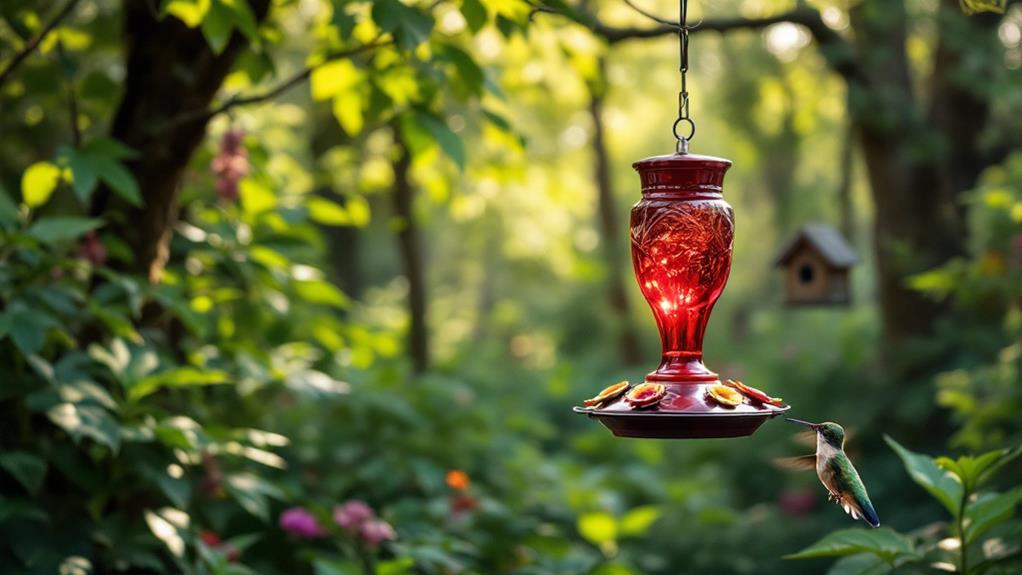
Given the numerous challenges small birds face, conservation efforts have become increasingly important for their survival. You'll find that many organizations are working tirelessly to protect these tiny marvels through habitat preservation, research, and public education.
Community engagement plays an essential role in these conservation efforts. By involving local communities in bird-watching activities, citizen science projects, and habitat restoration, conservationists are creating a network of informed advocates for small birds. These initiatives not only raise awareness but also nurture a sense of stewardship among community members.
Sustainability initiatives are also making a significant impact. You'll see efforts to reduce pesticide use, promote native plant landscaping, and implement bird-friendly building designs. These measures help create safer environments for small birds to thrive.
The impact of these conservation efforts is promising. You'll notice increased populations of some threatened species and improved habitats in protected areas. However, there's still work to be done. By supporting these initiatives and making bird-friendly choices in your daily life, you can contribute to the long-term survival of these exceptional tiny birds.
